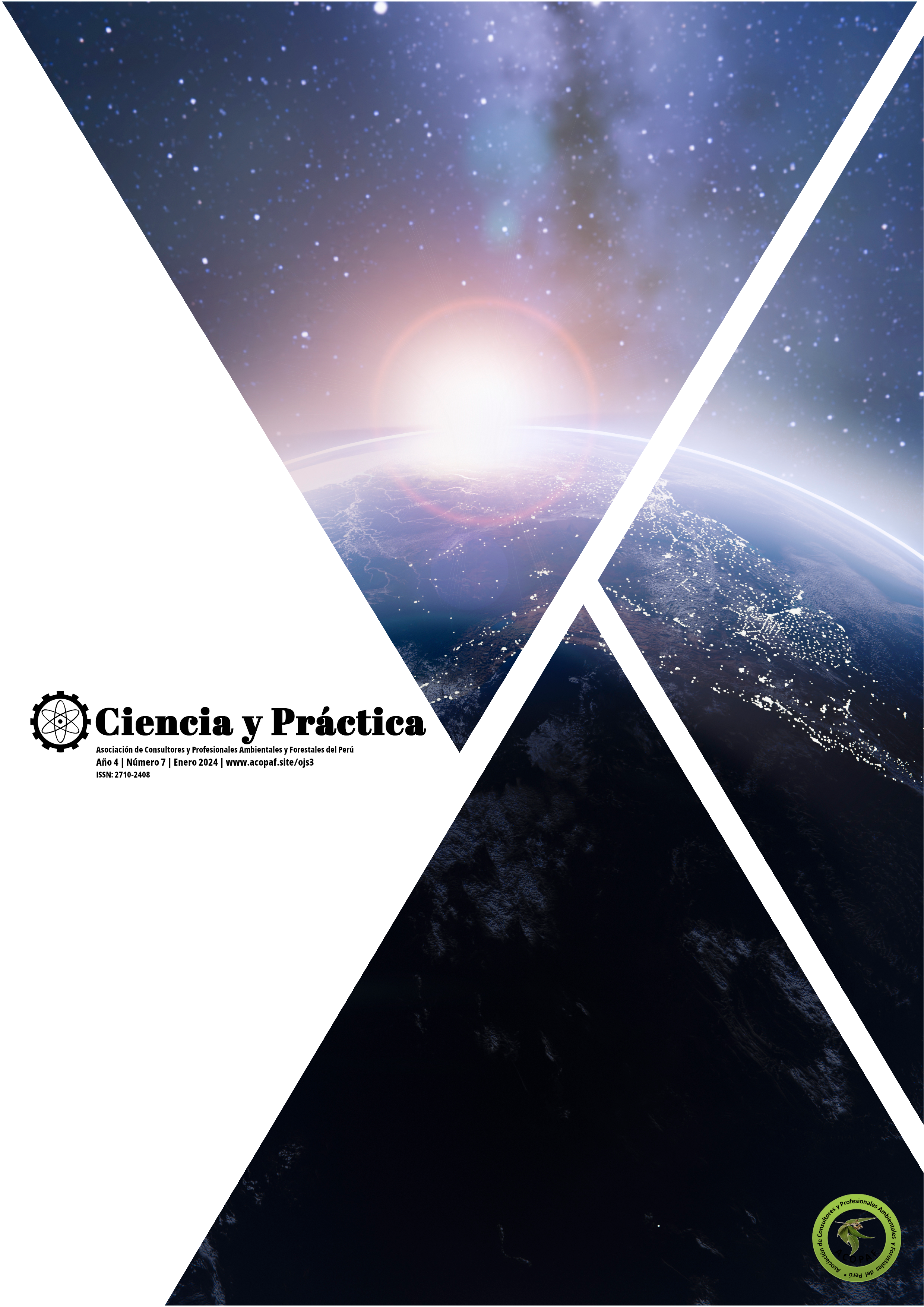Carbon stored in the desert ecosystem: the case of Lomas de Lúcumo in Lima.
DOI:
https://doi.org/10.52109/cyp2024763Keywords:
climate change, lomas, biomass, carbon, ecosystem service.Abstract
In Peru, the value of ecosystem services is poorly understood; therefore, many hills on the coast are being destroyed and degraded, which could provide us with help by capturing carbon dioxide. In Lima there are various Lomas such as: hills of Amancáes, Puquio, Pachacamac, Lurín and Atocongo. The objective of this research was to quantify the total carbon existing in the ecosystem of the Lúcumo hills in Pachacamac and for this, destructive and non-destructive methods were used, the field evaluation was carried out in the month of September, the data were taken field, the samples were processed in the laboratory and then the information was processed using formulas approved by the IPCC Intergovernmental Panel on Climate Change. As a result, it was determined that the total carbon stored in the ecosystem is 41.1 tC/ha, the amount of carbon in tree biomass was 20.48 t/ha, shrub biomass (1.41 t/ha), and leaf litter biomass (3.84 t/ha), biomass in roots (0.34 t/ha) and carbon in the soil (15.02 t/ha). Therefore, it is concluded that the Lomas de Lúcumo do function as a carbon sink and are very important for our city, recommending that the care and conservation of the Lomas should be promoted, through restoration actions of the species that were before.
Downloads
References
Abanto, D. (2022). Valoración económica de las lomas de Lima. https://www.pe.undp.org.
Acosta, M., Carrillo F., Gómez R., (2011). Estimación de biomasa y carbono en dos especies de bosque mesófilo de montaña. Revista mexicana de ciencias agrícolas, 2(4), 529-543. Recuperado en 20 de junio de 2024, de http://www.scielo.org.mx/scielo.php?script=sci_arttext&pid=S2007-09342011000400005&lng=es&tlng=es.
Aponte, H. (2015). Ecosistemas potenciales para el turismo en la costa de Lima y Callao: oportunidades y perspectivas. Novum Otium, 1, 57-64.
Cuellar, J. y Salazar, E. (2016). Dinámica del carbono almacenado en los diferentes sistemas de uso de la tierra en el Perú. Instituto Nacional de Innovación Agraria INIA. Lima Perú. 217 p. Estimación de volumen, biomasa y contenido de carbono en un bosque de clima templado-frío de Durango, México. Revista fitotecnia mexicana, 42(2), 119-127. ttp://www.scielo.org.mx/scielo.php?script=sci_arttext&pid=S0187-73802019000200119&lng=es&tlng=es.
Guerrero V. Malca D., Aponte H. (2022). Reservas de carbono en un ecosistema del desierto suramericano: el caso de Lomas de Amancaes, Lima, Perú. Revista de la Academia Colombiana de Ciencias Exactas, Físicas y Naturales. 46(181):971-984. Doi: https://doi.org/10.18257/ raccefyn.1760
Hernandez R. Fernández C. B (2014). Metodología de la Investigación. Sexta Edición. Mc Graw Hill. México. 634 p.
Porro, R. (2009). “Guía para la Determinación de Carbono en Pequeñas Propiedades Rurales” Centro Mundial Agroforestal (ICRAF) / Consorcio Iniciativa Amazónica Lima- Perú, 2009.
Nieuwland, B., & Mamani, J. (2017). Las lomas de Lima: enfocando ecosistemas desérticos como espacios abiertos en Lima metropolitana. Espacio Y Desarrollo, (29), 109-133. Doi: https://doi.org/10.18800/espacioydesarrollo.201701.005
Ministerio Del Ambiente (2023). Inventario Nacional de emisiones de gases de efecto invernadero.
Downloads
Published
How to Cite
Issue
Section
License
Copyright (c) 2024 Environment and Forestry Association of Peru

This work is licensed under a Creative Commons Attribution-NonCommercial-ShareAlike 4.0 International License.





